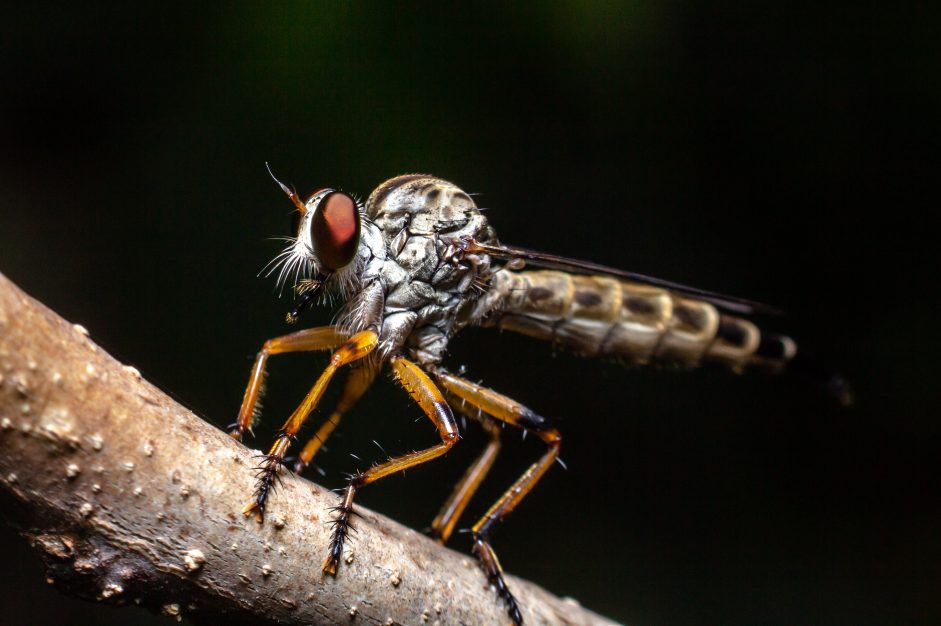
Understanding Mosquito behavior and developing effective strategies to prevent mosquito bites is of paramount importance. These tiny insects are not only annoying pests but also serve as disease vectors, leading to significant mortality rates. By comprehending their behavior, we can tackle the transmission of diseases carried by mosquitoes, ultimately saving lives.
Understanding Mosquito Behavior
Mosquitoes are fascinating insects that have complex life cycles and diverse behaviors. They are also vectors of many diseases that affect humans and animals, such as malaria, dengue fever, and Zika virus. Understanding mosquito behavior can help us develop better strategies to prevent and control these diseases.
One of the most important aspects of mosquito behavior is their feeding habits. Only female mosquitoes bite and take blood meals, because they need the protein in blood to produce eggs. However, not all female mosquitoes prefer the same hosts. Some species are more attracted to humans than others, while some may feed on birds, reptiles, or mammals. Mosquitoes use various cues to locate their hosts, such as sight, smell, heat, and carbon dioxide. They can also detect chemicals on the skin or in the breath that make some people more appealing than others.
Another aspect of mosquito behavior is their activity patterns. Most mosquito species are active at dawn or dusk when the temperature and humidity are optimal for them. However, some species may be active during the day or night, depending on their habitat and host availability.
Understanding mosquito behavior can help us reduce the risk of mosquito-borne diseases by avoiding exposure to mosquitoes and eliminating their breeding sites. We can also use repellents, nets, screens, or traps to protect ourselves from mosquito bites. Moreover, we can support research and innovation that aim to develop new tools and methods to monitor, control, or eradicate mosquitoes and the pathogens they transmit.
The Attraction
Recent research has made remarkable progress in uncovering the scent that lures mosquitoes. Scientists have discovered that airborne carboxylic acids, particularly butyric acid, serve as the most attractive compounds for mosquitoes. Surprisingly, these compounds are not only present in mature cheeses like Limburger and Époisses but also in the bacteria residing on human skin. This intriguing finding sheds light on the scents that draw mosquitoes to their prey.
Carboxylic acids are a class of organic compounds that have a carbon atom bonded to an oxygen atom by a double bond and to a hydroxyl group by a single bond. They are widely found in nature and have various applications in industry and medicine. Carboxylic acids can be classified into different types based on the number and arrangement of carbon atoms in their molecules. For example, formic acid is the simplest carboxylic acid with one carbon atom, while stearic acid has 18 carbon atoms arranged in a straight chain.
Mosquitoes are insects that feed on blood from vertebrate animals, including humans. They use their antennae and other sensory organs to detect chemical signals from their potential hosts. These signals include carbon dioxide, heat, moisture, and various organic compounds. Among these compounds, carboxylic acids have been shown to be particularly attractive to mosquitoes. In fact, some synthetic repellents contain carboxylic acids to mimic human odors and confuse mosquitoes.
The Repellence
While certain scents attract mosquitoes, not all scents are appealing to them. In this regard, researchers have discovered that mosquitoes are actually deterred by a chemical called eucalyptol, commonly found in several plants. This exciting finding opens up possibilities for the development of effective mosquito repellents. Eucalyptol has already demonstrated its efficacy in commercial insect repellent formulations, acting as a natural deterrent against mosquito bites.
Mosquitoes are notorious for spreading diseases and causing discomfort to humans and animals. To prevent these negative impacts, researchers are studying how mosquitoes find and choose their hosts. They have discovered that mosquitoes are attracted by a combination of physical and chemical cues, such as carbon dioxide, body heat, humidity, and skin odors.
These skin odors are produced by bacteria that live on the skin and metabolize sweat and lipids into volatile compounds. Different people have different skin microbiota and thus different body scents that may appeal more or less to mosquitoes. By understanding the molecular basis of mosquito attraction, scientists can develop better ways to repel them and protect people from mosquito-borne illnesses.
Conclusion
Mosquitoes are not only annoying pests but also serve as disease vectors, leading to significant mortality rates. Understanding their behavior, such as feeding habits and activity patterns, can help us develop better strategies to prevent and control mosquito-borne diseases. Recent research has discovered that mosquitoes are attracted to airborne carboxylic acids, particularly butyric acid, which is present in mature cheeses and bacteria on human skin. On the other hand, mosquitoes are deterred by eucalyptol, a chemical found in several plants.
By understanding what attracts and deters mosquitoes, we can develop more effective mosquito-repellent medications and strategies, ultimately saving lives. Additionally, understanding mosquito behavior can help us reduce the risk of mosquito-borne diseases by avoiding exposure to mosquitoes and eliminating their breeding sites.
We can also use repellents, nets, screens, or traps to protect ourselves from mosquito bites and support research and innovation that aim to develop new tools and methods to monitor, control, or eradicate mosquitoes and the pathogens they transmit.
